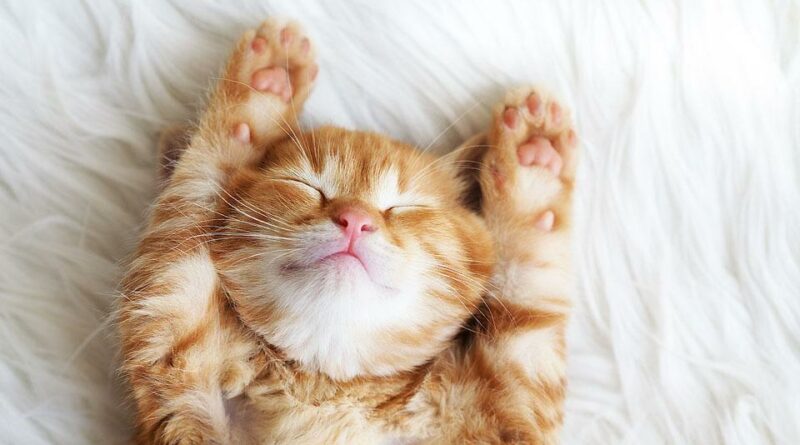The Psychology of Cats
[Please note that this page contains affiliate links. If you choose to purchase after clicking a link, I may receive a commission at no extra cost to you.]
Cats are very entertaining. Both amusing and baffling, these somewhat strange feline behaviours leave many of us thinking – why do cats do that?
They were simultaneously predators of smaller animals and preyed themselves on more giant carnivores as their species’ prey and predator survival depended on crucial instinctual behaviour. Which is still observable in domestic and wild cats today?
Well, the feline actions of your house cat Taz might seem perplexing in the wild these same behaviours naturally bred into cats for millions of years would make Taz a super cat.
Cat Psychology
Empowered by their exceptional muscular build and keen balancing abilities, they climb too high to spot prey and inspect their wild territory. However, Taz does not need these particular skills to find and hunt down food, as it is provided for him.
Instead, instinctually viewing the living room from the top bookshelf is precisely what the cat had evolved to do. Cats, as wild predators, are opportunistic and hunt whenever prey is available.
Since cat prey in the wild is small, cats need to eat many times each day. And they use a stalk, pounce, kill, and eat strategy to stay fed.
This is why Taz prefers to chase and pounce on little toys and eat small meals over a day and night. Also, small prey tends to hide in tiny places in their natural environments.
So one explanation for Taz’s tendencies to reach into containers and openings is that he is compelled by the same curiosities that continued his species for millions of years before him.
Strange Cats
Cats needed sharp claws in the wild for hunting, climbing, and self-defence. In addition, sharpening their claws on nearby surfaces kept them conditioned and ready to help stretch their leg and muscles and relieve stress.
Therefore, it is not like Taz hates your couch and curtains, chairs, bed, and everything else you put in his environment.
Instead, he rips these things to shreds keeping his claws in tip-top shape because this is precisely what his ancestors did to survive.
As animals that were preyed upon, cats evolved not to get caught, and in the wild, the cats that we’re the best at avoiding predators survived. So, at your house today, Taz is an expert at squeezing into small spaces and seeking out and hiding in unconventional spaces.
It also explains why he wants a clean and odour-free litter box that is less likely to give away his location to any predators that may be sniffing around.
Considering everything we know about cats, one of their most predominant behaviours is still one of the most mysterious.
They may purr for several reasons, such as happiness, stress, and hunger. But curiously, the frequency of their purrs is between 25 and 150hz s within our range that can promote tissue regeneration.
Thus, his purring makes Taz an excellent nap companion. His purr is also possible to be healing his muscles and bones, perhaps even yours.


